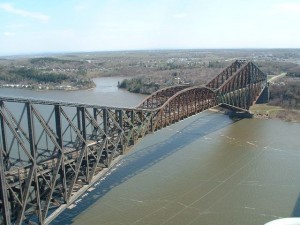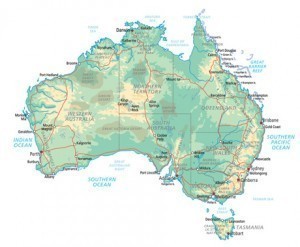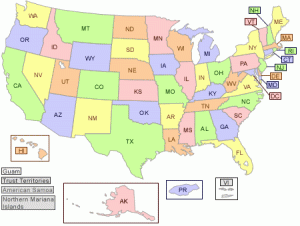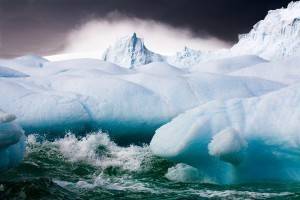What is the Size of Mars?
In terms of diameter, 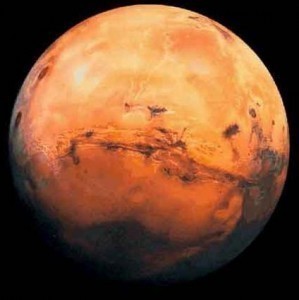 the size of Mars is 6,792 km. That is about 53% that of Earth. However there are other ways of determining how big the Red Planet is.
the size of Mars is 6,792 km. That is about 53% that of Earth. However there are other ways of determining how big the Red Planet is.
Other Ways of Measuring Mars
The surface area comes up to 145 million sq km. That is 28% of the Earth’s total surface. However the landmass on Mars covers 71% of the planet. On Earth it covers only 29%. The volume of Mars is 1.63 x 1011 km3. That is equal to 15% of the Earth’s total volume. In other words, you can put in six planets the size of Mars in the Earth easily.
Mars’ mass is 6.4 x 1023 kg. That is equal to 11% of the Earth’s. The greater the mass, the greater the gravity. Because it is low, the gravity on Mars is equal to 38% of the Earth’s. An object weighing 100 kg on Earth will weigh only 38 kg on Mars.
Orbital Measurements
Its aphelion is 249,000,000 km or 1.655.861 AU (astronomical units). The perihelion is 206,669,000 km or 1.381.497 AU. The semi major axis is 227,939,100 km and the average orbital speed is 24. 077 km/s.
Physical Attributes
Aside from the size of Mars, scientists have learned a lot about its other attributes. The equatorial radius is 3,396 km and the polar radius is 3,376 km. The mean density is 3.934 cm3. The escape velocity is 5,027 km/s. The surface temperature goes from -87 C (minimum), -45 (mean) and -5 (maximum). The magnitude is +1.8 to -2.1.
The Atmosphere
The prevailing element is carbon dioxide (95.72%). The rest are comprised of nitrogen (2.8%), argon (1.6%) and oxygen (0.2%). There are also traces of carbon monoxide, water vapor, krypton, neon, methane and many more.
Climate
There are two seasons on Mars (summer and winter), but double the length that of Earth’s. The temperature can go from -140 C in the winter to 20 C in the summertime. The disparity is caused by its thin atmosphere, which makes it difficult to store solar heat.
The planet is also known for its dust storms. Some of these storms are big enough to affect the entire planet. These storms take place when Mars is nearest to the Sun.
Mars’ Core and Geology
Despite the small size of Mars compared with Earth, it has a much thicker crust. Scientists believe the core has a radius of 1480 km. The prevailing theory is that it is composed of sulfur and iron. On average the crust is 50 km thick, although some can be as thick as 125 km. By contrast, Earth’s crust is usually 40 km thick.
Observations indicate the surface is made up primarily of basalt. The surface is layered with oxide dust and some grained iron. Based on current knowledge of the planet, it doesn’t have a magnetic field.
The small size of Mars is in contrast with the large numbers of people captivated by it. That NASA is planning several more explorations is testament to man’s deep rooted fascination for the Red Planet.

